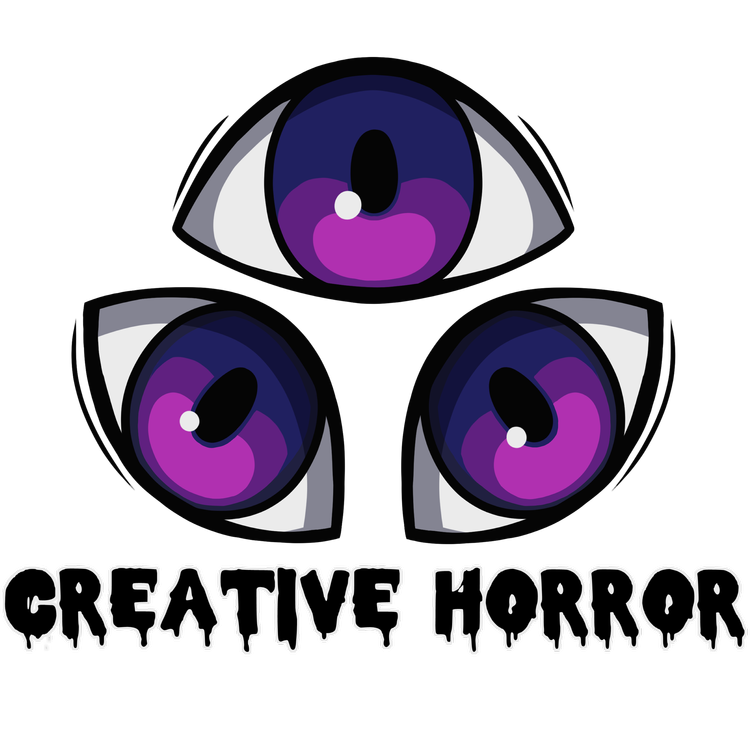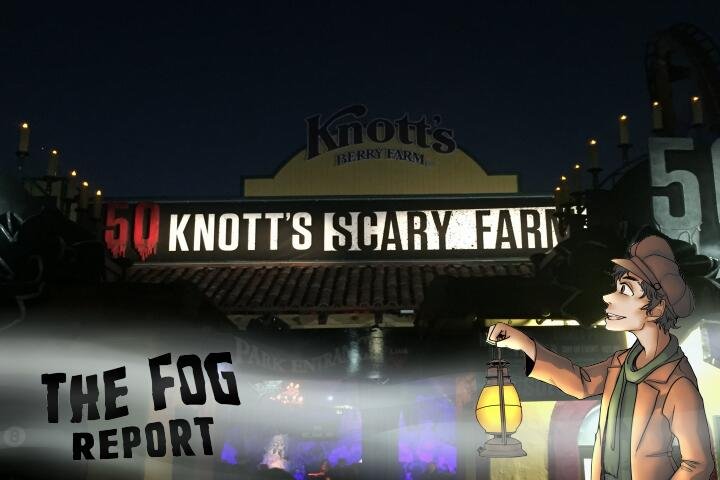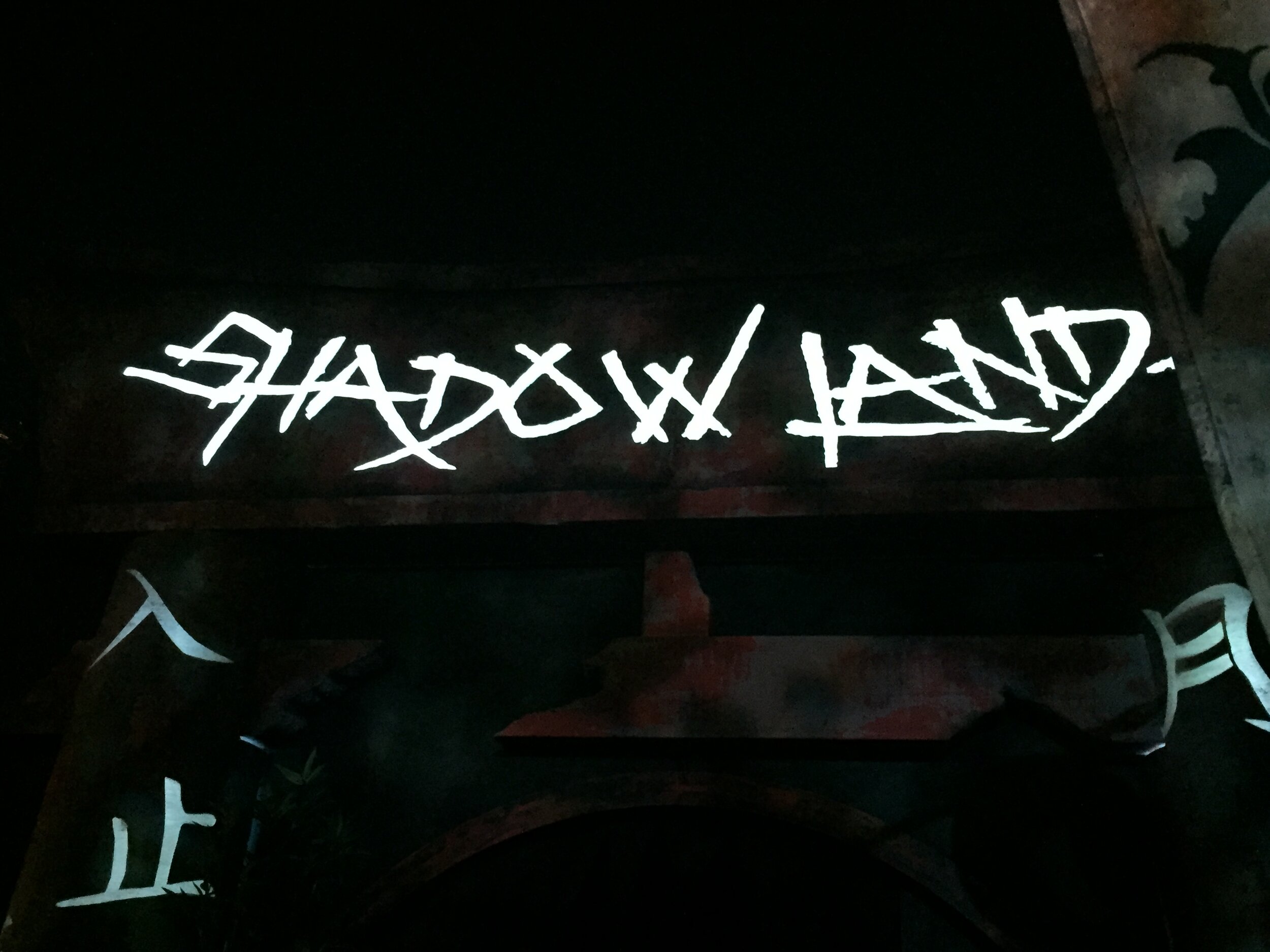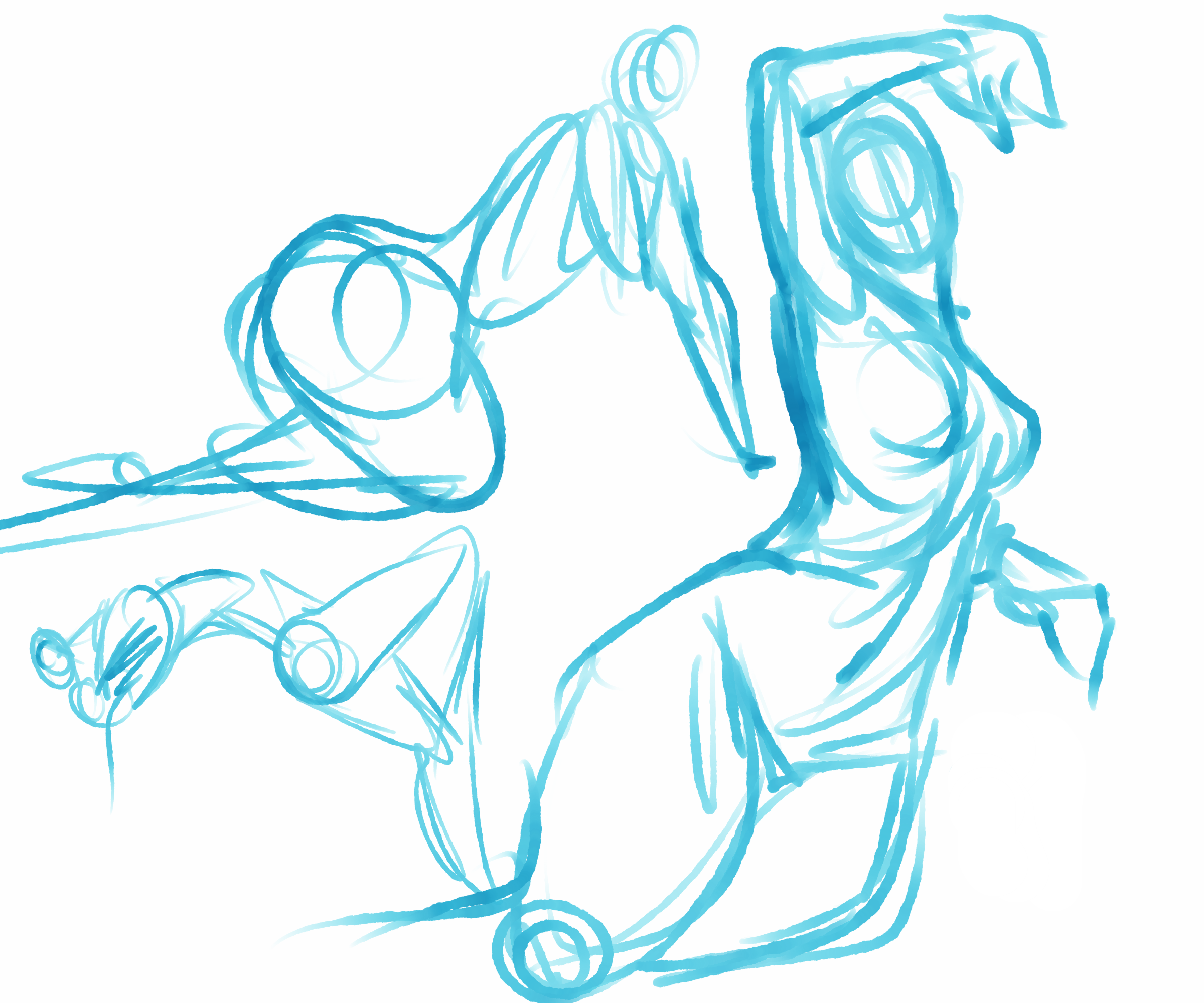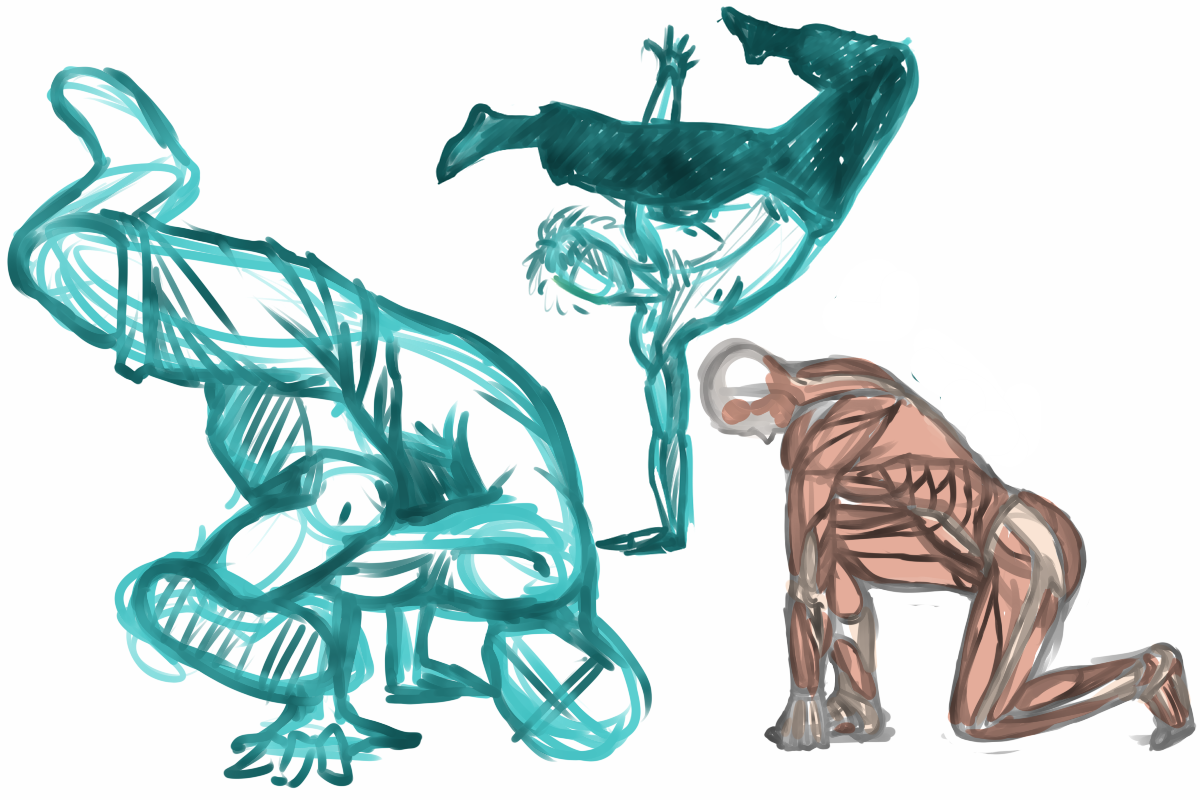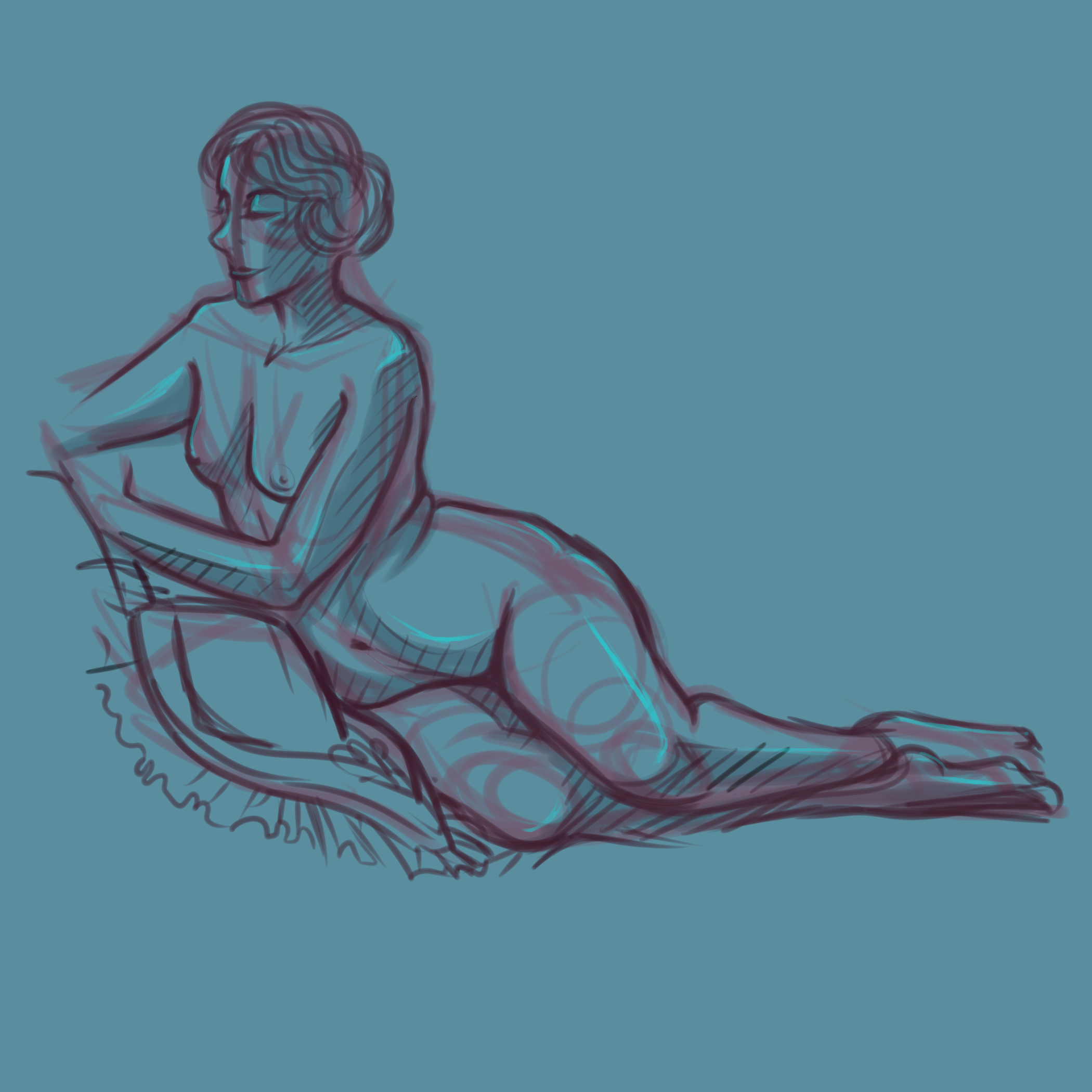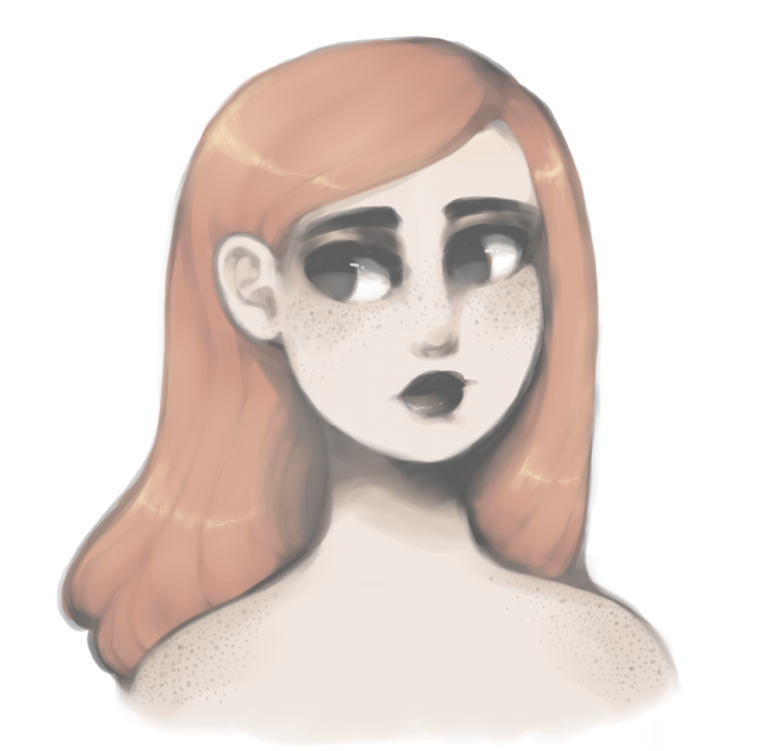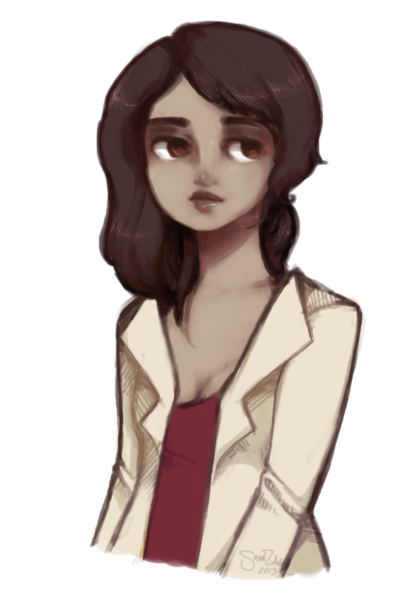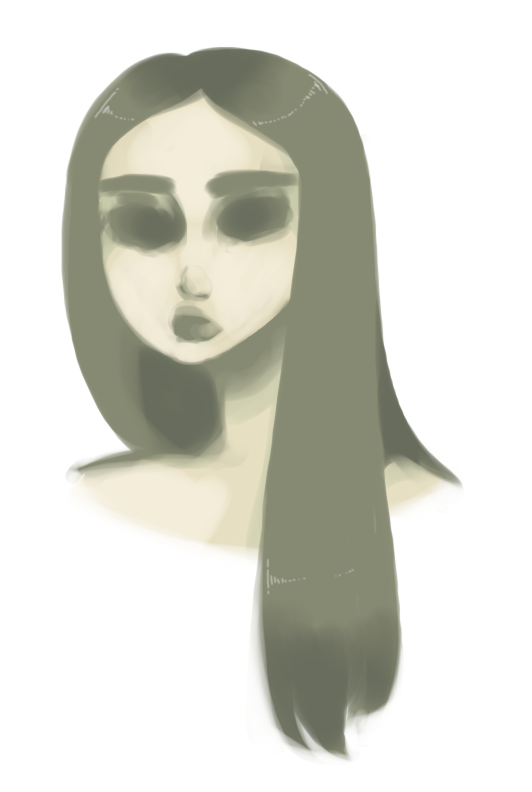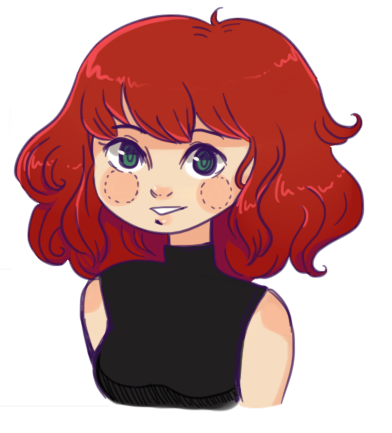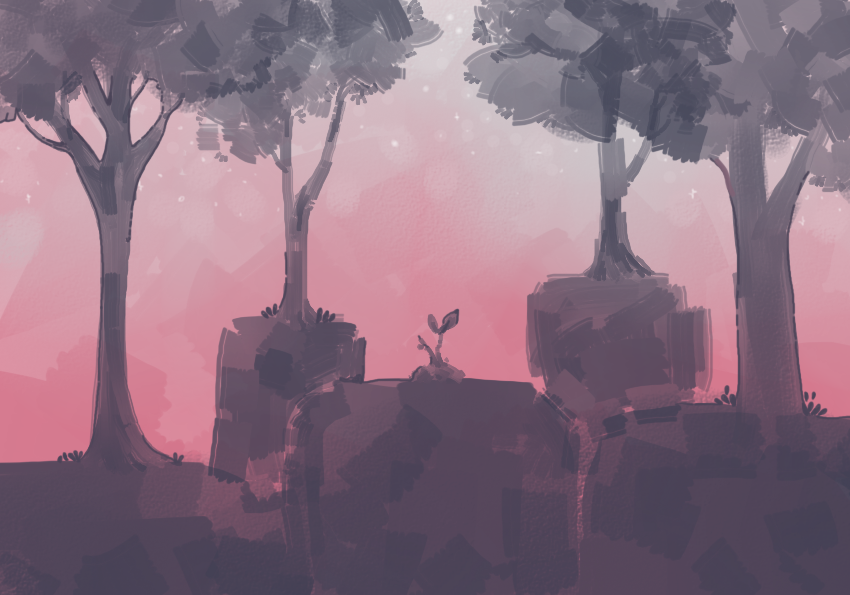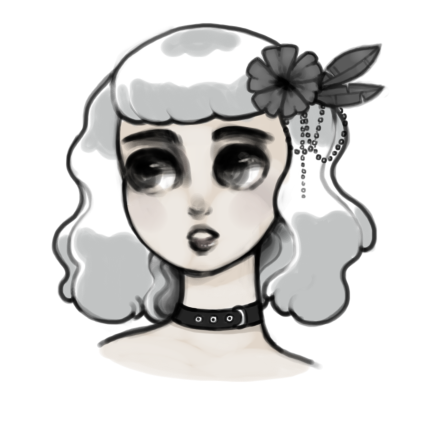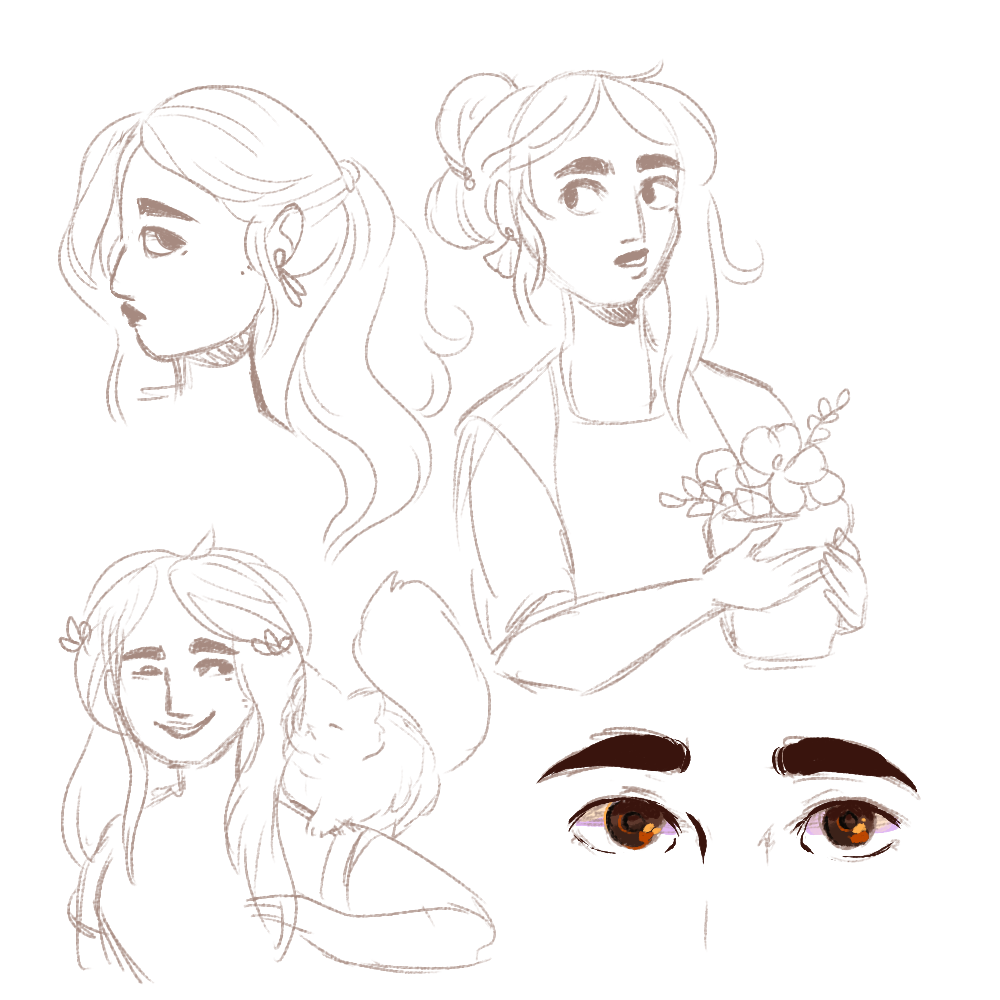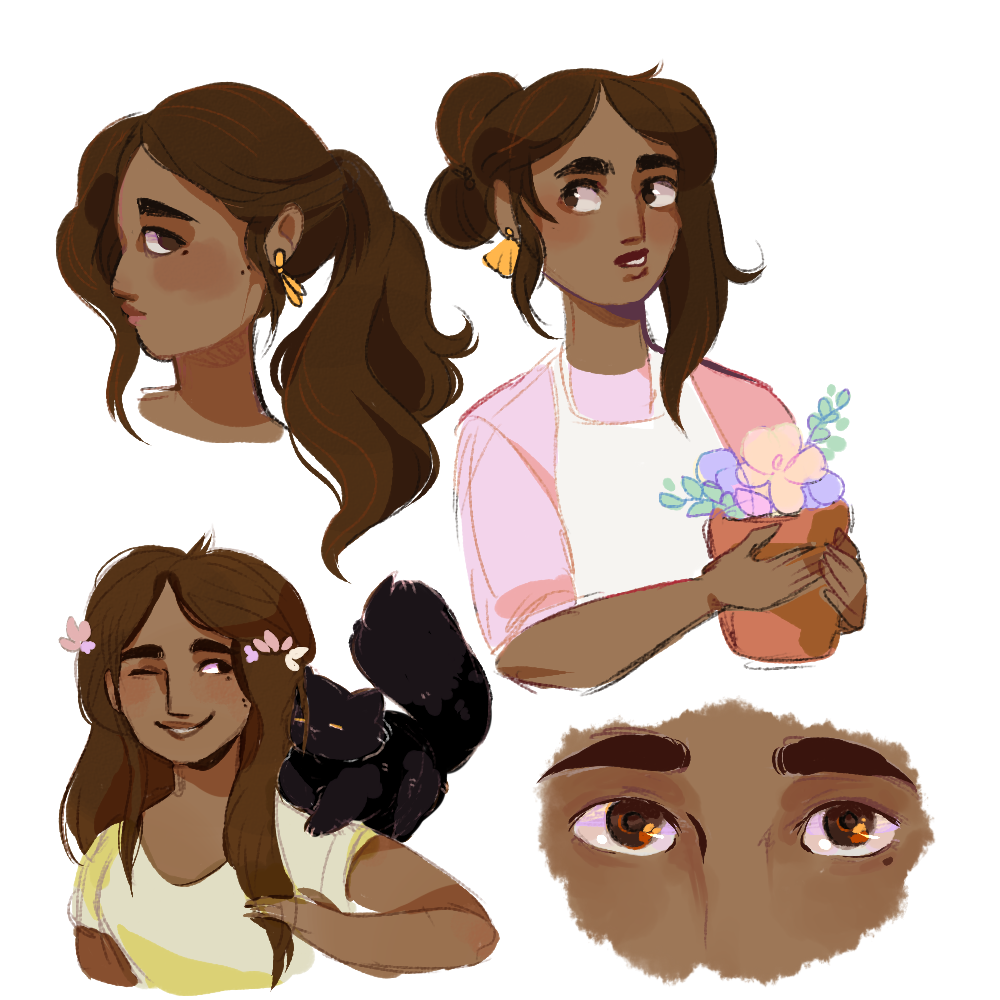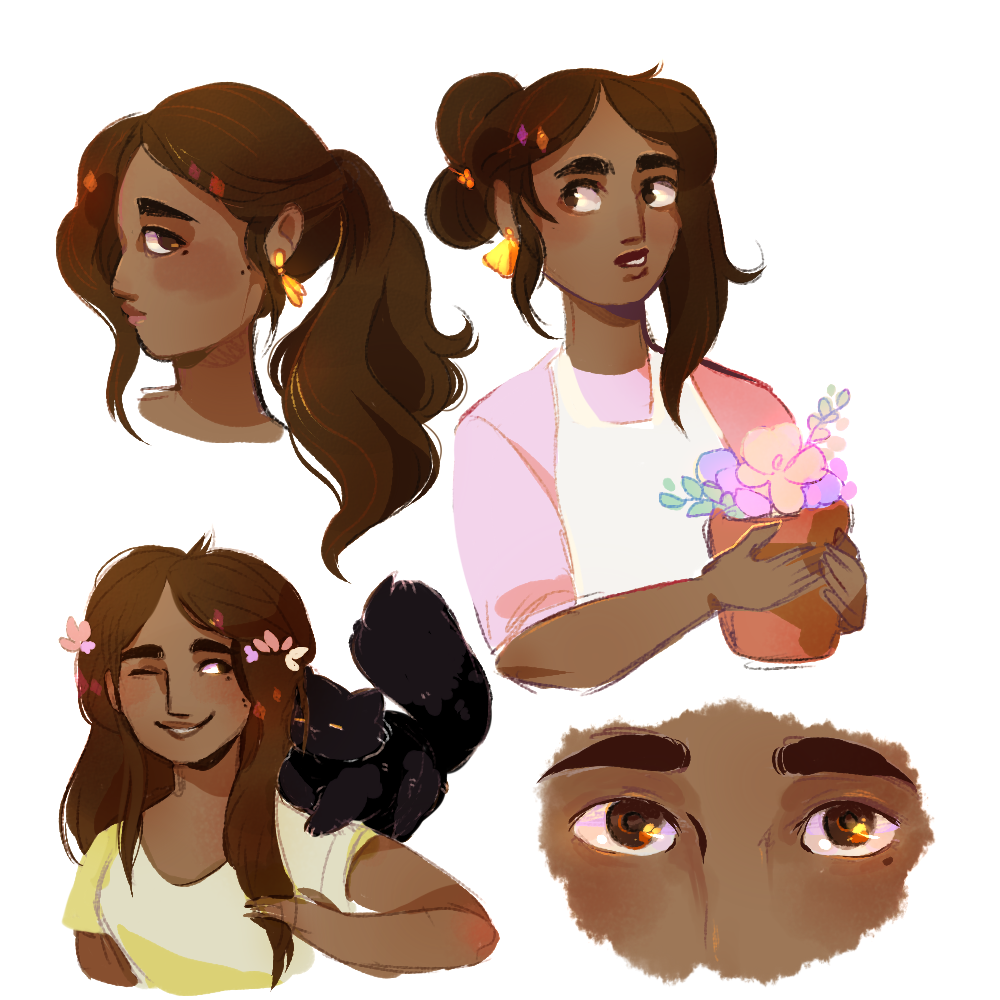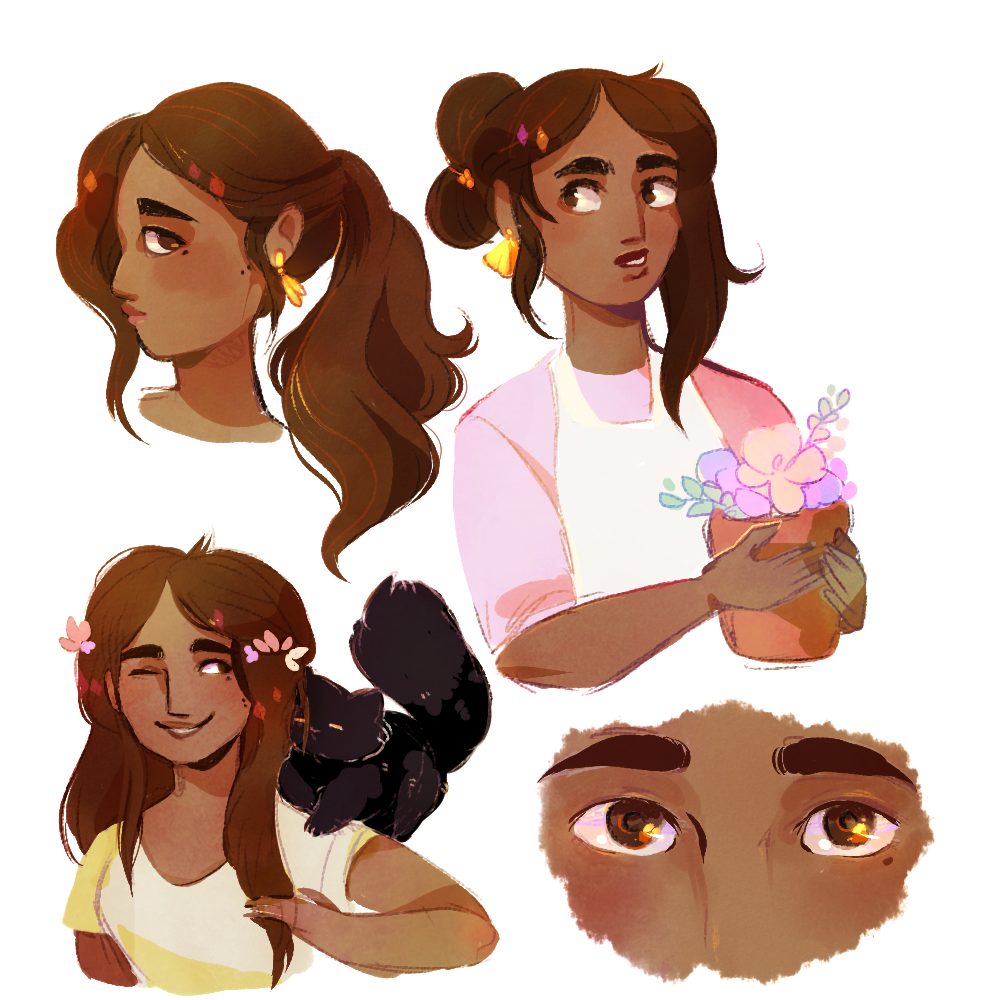Happy Halloween! Or, er, happy Guy Fawkes’ Day? Now this is odd… I must’ve gotten lost in the fog. That, or I just had a lot to do this year, to the point where October was over before I’d had a chance to finish this write-up. Such is life sometimes.
Even so, I saw plenty of other lanterns in the gloom this year - seems like a lot of people attempted to emulate the Conductor’s beacon, or maybe they were looking for dark secrets in the mist? After all, it’s been 50 years since Knott’s Scary Farm (or Halloween Haunt, as it started) first appeared, and there were secrets aplenty to uncover.
I’ve covered Scary Farm on the Fog Report multiple times now, even to the degree that last year it was my only blog post about the season. While I still feel like my ability to cover various October events is still limited to what it once was in 2019, I’ll chalk my lack of coverage to my time spent preparing for Midnight Marinara’s 10-year anniversary finale. It would not feel right if I didn’t at least discuss one of my all-time favorites, and the event that I used to first step into the fog ten years ago.
The Event
Knott’s Scary Farm celebrated it’s 50th year, and naturally they reveled in their nostalgia and brought many classic elements out of the murky past while still pushing forward with sinister new attractions. No one rested on their laurels as far as I can tell, as this golden anniversary brought with it an excellent roster of 10 mazes, 5 scare zones, the usual ride overlays of the Log Ride and the Calico Mine Ride, and 4 shows. The Into the Fog art gallery was joined by an impressive Legacy Store offering anniversary merchandise and archived props and memorabilia, and interactive elements were hidden all throughout the event
One of the major selling points this year (and a hot one at that, as they sold out completely at least once) was the Conductor’s Lantern. These neat little artifacts were all set up to unlock triggered events all across Scary Farm, from the mazes to the scare zones to even a few of the shows. Those carrying a lantern might have seen its light change colors in certain areas, flicker and dim and brighten on their own volition, and cause show elements to activate while exploring; one example being a garden mausoleum in Forsaken Lake that took on a spirited mourning when a lantern was brought near. While the execution may vary, it presents something fun to deepen the experience, and on the plus side a lot of repeat guests would carry their lanterns on multiple visits. So even if you missed getting one, your odds of seeing one of the lanterns manifest something was still high as long as you were close by.
Another souvenir being tested this year was the introduction of a No-Boo Necklace. For an additional fee one can wear this to keep roaming monsters away, though it does not offer this protection in the mazes. I really like this in theory, as it gives anyone with trepidation about visiting the event a chance to, possibly, ease into it; the problem is, when the necklace was revealed at the Haunt preview event earlier this year, it was met with a chorus of boos and jeers from the crowd of Haunt enthusiasts. This product is naturally not for them, yet the attitude on display might give people who would otherwise be happy to give this a try pause for fear of being ridiculed. I sincerely hope those who get the necklace for its intended purpose found it worked out for them, and that no one gives them grief about it. I probably would have used it myself years earlier, and it likely would have gotten me into haunts sooner.
Ride Overlays
Like last year, the Log Ride and the Calico Mine Ride become the Halloween Hootenanny and the Calico Candy Mine respectively. Little if anything has actually changed with these attractions this season, which were used both day and night. I tend to skip these on visits and keep to the stuff you only get during Scary Farm, but they’re worth visiting during the day, in my opinion. Both have a fun Halloween feel to them, more whimsical than scary.
Scare Zones
The granddaddy of all theme park haunts naturally has some of the best scare zones. In my mind, these zones are more ubiquitous of Haunt than even the mazes - roaming freely around outside at night, through a dimly lit and themed environment choked with fog, as creatures and monsters prowl through the shadows. Now with the occasional lantern hot spot to make things more of a spooky scavenger hunt, there’s even more immersion in these already immersive zones.
Ghost Town Streets remains the fetid heart and soul of Scary Farm, still going strong 50 years after that first Halloween Haunt. The cursed citizens that haunt the byways among the ramshackle buildings are an incredible menagerie of old West archetypes as animal hybrids and undead creatures, many of whom are personas created by the performers themselves. Plenty have become iconic, and frequent visitors often go looking for their favorite monster in the fog to watch them terrorize (or be terrorized by them).
Nearby Forsaken Lake did not let up on the incredible atmosphere. With a slightly larger footprint and a couple surprise elements in its nightly funeral procession, the unquiet dead of the marshy graveyard continued settling into their dank little home. My hope is that we don’t see the lake reclaim the ruins anytime soon, and that they’ll continue to manifest here for years to come.
The midway of CarnEvil kept on its usual-but-appreciated shenanigans as a caulraphobic’s worst nightmare. Finding that right balance between funny, crass and scary is what these clowns do best, and no two are the same in their look or their antics. It’s still a wonder to me they can get so much mileage out of such a bright section of the park, and yet they kill it every year I’ve been. One nice addition was the roster of banners showcasing circus acts, looking akin to the posters outside of Mesmer. It’s a small thing, but the continuity is much appreciated.
The Gore-ing 20s was a big hit for me, now in its third years and really hitting its stride. Much like CarnEvil, this is a brighter scare zone than any of its neighbors, but the lost souls of Memory Lane handled this with more interaction and dialogue, making this the place to go if you want your scares peppered with storytelling. The jazz band returned on the regular, getting the whole street up and jiving; some of the ghosts rallied guests into joining in, and being part of a big creep-dance down the street as the band played “The Nightmare” by Artie Shaw reminds me why I love this event.
Meanwhile, over in Camp Snoopy, what’s old is new again. Where The Hollow once appeared was The Gauntlet, a reimagining of Scary Farm’s first scare zone beyond Ghost Town. The Gauntlet brought a fantasy/medieval theme to the area as visitors encountered the horrid residents of Helshire, a land where immortality has been achieved but at the price of no one being able to die. There were anguished peasants, warriors, knights, sorcerers and royalty looking to feed on your fear to keep the realm alive. Though the zone was light on props, it made a good first impression with its lighting (blues and purples instead of the reds and oranges of The Hollow), fog, eerie soundscape and its fantastic talent portraying horror at every strata of feudal society. I look forward to seeing how this zone evolves in the coming years.
Before I forget, it’s worth mentioning that the Conductor was not alone in his wanderings this year. The Green Witch could be found moving between the zones and commanding awe, respect and fear from the monsters. It’s good to see Sarah Marshall out enjoying herself.
The Mazes
With three new mazes joining the roster this year, the total maze count was the highest it’s been since 2013, if you don’t count the period where Special Ops: Infected occupied most of Camp Snoopy and was a unique combination of scare zone and shooting gallery. Some may disagree, but I maintain that Knott’s practice of keeping their mazes around for 3-5 years is a good thing overall. Places like Universal Studios can afford to tear down and make new mazes every season, but Scary Farm puts more overall “oomph” into their mazes knowing that they will be around for longer. There are little tweaks here and there, but for me its like coming back to relive old favorites while still being excited for the one or two that come in when the shelf life of others is done.
As always, I’ve got my personal hierarchy on hand. My opinions of a few have shifted, but it’s still just my opinion, and none of these are bad by any stretch. After doing this for nine years, I think I’ve definitely pinned down what my style is.
10 - The Chilling Chambers
Taking over Pumpkin Eater’s old stomping grounds, this is the quintessential legacy maze celebrating Scary Farm’s past. Named after the very first maze custom designed for Haunt - 1977’s “10 Chilling Chambers” - you’ll step into a cathedral that houses the remnants of the event’s history and meet their revolting Keeper, a not-so-subtle tribute to horror host Sinister Seymour who headlined the first Halloween Haunt in 1973. Passing through portals brings you to the “best bits” of years gone by, including The Asylum, The Underground, a pastiche of various clown mazes, a nod to the elegant vampire mazes, and Doll Factory.
The fact that this new maze is so low on this list might surprise you. Don’t get me wrong: getting to walk through segments of mazes I never got to experience is kind of awesome, with my standouts being The Underground, the vampire section and Doll Factory; not to mention the various fun nods and Easter eggs in between with the crypts, coffins and mask displays naming other Scary Farm mazes. What drags it down for me might be incredibly nostalgic for a lot of people, but The Asylum and Carnival of Carnivorous Clowns (or C3 as it’s often known) just come off as crude with gross-out humor, not scary. The Asylum is reliant on madhouse tropes that I think were outdated even when it came out, and the clown portion leans on scatological gags that make me roll my eyes. Do people remember the farting elephant butts wistfully?
It also feels a little strange that all maze featured (with the vampires being the sole exception) date back no later than the year 2000. I’m not sure if that was a conscious decision on the part of the designers, but I would have been interested in seeing some older mazes reinterpreted, since they have 50 years of history to work with. I still think The Chilling Chambers shows how far Scary Farm has come, and as always I think the talent working within is doing an excellent job (my heart especially goes out to the poor poo-keepers that have to hang out in the elephant room all night) but it left me feeling, er, chilled, I guess.
9 - Wax Works
This is also going to seem like a weird shift for anyone who follows this blog. I blame part of it on how often I had to walk through this maze as tour guide in last year’s Beyond the Fog, because it was frequently one of the only ones open to us during the day. I got way too familiar with its layout, and going through it this year found it feeling almost too familiar. I still think this is a fantastic maze with story, character and intense attention to detail, but I think the concept of the grisly wax museum has started to wear on me a bit. A small new scene has been added to the maze this year for some extra freshness, but in so doing undoes a wax museum gag I enjoyed in previous years.
8 - Dark Entities
The self-destruct sequence was activated for The Shroud and her infected crew, and she has been consigned to the cold void of space. I did kind of see this coming and think the timing is right for it to retire. Still, a part of me will miss it, and I’m glad I got to explore its corridors and mess with the touch pads that will no doubt cause unmitigated disaster one more time. It will be fondly remembered by this ACSEC governor (see the end photo from last year’s report).
7 - Bloodline 1842
This year brought a really surprising change: the guns are gone! Now you’ll find yourself fleeing the doomed city of Valdonia while the Daybreakers try to cover your escape from the bloodthirsty vampires. Certain parts of the maze have been reworked to better use the space once set up to arm you, and it reinforces the idea that you are escaping a township overrun. I feel bad for anyone who really enjoyed the interactive shooting aspects of this maze, but damn am I happy to be able to just breath the whole thing in and enjoy the immersion without worrying about my score. And there’s a lot to see and appreciate, from the detailed sets to the creative scares. It also solves the queue line gridlock and ensures more people are getting in faster, so in my mind it’s a win-win. I’m definitely looking forward to seeing how Bloodline continues to adjust to the change.
6 - The Depths
This maze was also consigned to a watery grave at the season’s ends. One thing I can say is it hadn.t lost any of its appeal, and still delivered on the feeling of descending into eldritch, nautical horrors. Like Wax Works, this also got a new scene, with the sometimes-used mine elevator becoming a neat little annex tunnel with optical illusions used to make the mine seem bigger and deeper than ever. Thought buried at sea, The Depths will not be forgotten.
5- The Grimoire
It’s all about timing with the Grimoire. I stated last time that one’s experience with this maze varies by what you experience, because this one feels very reliant on its show beats, even on repeat visits. The Grimoire is trying to do a lot with its story, and get it across in a way that feels organic. I genuinely applaud what it’s trying to do, but I still think it suffers from some blink-and-you’ll-miss-it moments as you’re moving through it, since some of its cues must be actor-delivered to make sense of the whole thing; if one of the characters isn’t there, it leaves a noticeable gap in the logical flow of the maze narrative. I still enjoy it, and I think most people do too, seeing how popular it is. I’m just not sure how many average guests truly get the story being told in this maze.
4 - Cinema Slasher
Who’s up for a little midnight movie marathon? There’s a Slasher of The Dark triple-feature going on at the old theater in the Boardwalk, with back-to-back screenings of Trick or Treat, Camp Gonnagetcha and Slaughterhouse! But wait… Didn’t this place burn down a few years ago? How is it still standing? And why does it seem like the movies are more, uh, 3D than normal? Oh well. At least we can go to lobby between films and grab snacks… provided we survive.
Cinema Slasher takes over where Dark Ride left off and it does not disappoint, quickly becoming a fan favorite. It manages to convey all the slasher movie tropes without having to resort to an established IP, imagining a franchise horror series that you literally walk through the screen and visit. Each section has its own vibe of slasher era as the franchise “evolves” over imagined decades, with a sorority massacre in the first film, a summer camp gone awry in the second, and a grisly warehouse of death traps ala early-2000s-horror in the third. Genuinely impressive sets make this one stand out, with legitimate “whoa” moments, and even in the theater itself the attention to detail is awesome, as between each film you step back into the space only to find it more and more decrepit.
I actually think this is an even better tribute maze to Scary Farm’s past than even The Chilling Chambers. Each film is an obvious homage to a past maze or rides, the movie posters depict other films in the franchise that are also references, and even the Slasher himself is a callback to The Dark, an overlay used in the old Kingdom of the Dinosaurs attraction in the 90s where a slasher was murdering people in the ride. You all know I’m a sucker for deep-cut continuity like that.
On a side note, I have a slight bias for the third movie. If one took a close look at the Slaughterhouse screening before you entered the film and you might have seen my breakout performance as Rip Tupman, brutally bifurcated by an industrial saw!
3 - Mesmer: Sideshow of the Mind
Mesmer remains in my Top 5 for its superb surrealism and dark carnival atmosphere. I’ve seen other haunts do circuses as clown-filled blacklight gimmicks too many times (see: the C3 section of The Chilling Chambers mentioned above), so any maze that leans more Something Wicked This Way Comes is going to feel like a breath of fresh air. Mesmer manages to be beautiful in its horror, thematic in its presentation, and still unnerving as all get out. I adore this maze, and am glad to see its influence seeming to spread into its zone just a little more this year.
2 - Room 13
From its inception, the source of the darkness haunting the Goring 20s zone has been the mysterious Devil’s Elixir, and now we finally get to trace to hooch to its source. Stepping into the Blind Tiger speakeasy (though not the one you normally see on the street - you’ll have to suspend disbelief a bit here), you end up seeing the aftermath of the Elixir’s effects on those that imbibe it as they run rampant through the Argive Hotel, slaughtering all in their path. Once you finally make it to Room 13 all will be revealed, but the answer might just make things worse.
This came very, very close to being in my Number 1 spot, and with good reason: Room 13 is a freaking vibe! I had no idea it would scratch an itch left over from the gone (but not forgotten) Dark Harbor at the Queen Mary, but it did. The whole art-deco style of the hotel is wonderfully done, with hues of gold, bronze and forest green to contrast with the glowing neon green of the elixir that shows up throughout. The place looks like you’re just walking through it in the immediate aftermath of a violent riot, and yet the tone has a more lurking menace. Extra points to the music choice, literally just a brush snare and a stand-up bass repeating ominously throughout the journey. From beginning to end, Room 13 kills it, and it may just become my absolute favorite in the future. But…
1 - Origins: The Curse of Calico
Even with how good Room 13 is, I still don’t quite have the heart to set it above Origins. Both have a near-perfect tie-ins to their respective zones, of course, and both are drenched in the kind of gloomy, thematic atmosphere I adore. Call it a bias for witches and the Old West, but Origins still holds its own with the way it showcases the tragic tale of Calico’s downfall and the mythical origins of Knott’s Scary Farm, setting only a smidge above Room 13. Even during last year’s tours it was my favorite maze to take people through, and that it holds up so well with the lights on is a testament to its design.
The Shows
Knott’s Halloween Haunt started with, primarily, a show as its headline event with Sinister Seymour. It seems only fitting that this year’s event had four different shows to keep the tradition going. I think all of the shows were worth seeing at least once this year, and each brought something fun and different to showcase.
Returning from last year, the Carnaval du Grotesque continued to impress on the Calico Mine Stage, allowing the spectacle to draw in crowds who might have simply passed it otherwise. It maintained many of the acts that made it fantastic last year, and still capped off with the death-defying Wheel of Horror act.
The surprise return of The Hanging: (Un)Cancelled caught a lot of people by unaware, including me! The decision to move the show and its universal lambasting and crude jokes to the Wagon Camp stage was a smart one, allowing only the most curmudgeonly to complain about the show’s humor since it was essentially behind a palisade wall - granted, people still complained, but Knott’s did their best. The show did a good job finding its footing, and while it still isn’t exactly my kind of show, I still respect the Hell out of its cast with their great stunt work and dedication to popping blood packs several times a night.
Dr, Cleaver Returns was a small, comedy magic show over at the Birdcage Theater, with the titular Dr. Cleaver, well, returning for some corny one-liners and bits of illusion. I appreciated the almost Vaudeville nature of the performance, and thought the cast kept the screwball energy going with aplomb. It never takes itself remotely seriously and with a breezy runtime, offers a silly reprieve from the horrors of Ghost Town.
Lastly, Monster, Music and Mayhem headlined the Walter Knott Theater and was an impressive musical ensemble and another tribute to the event’s history. The actual performance numbers were absolutely fantastic, each segment inspired by Scary Farm’s various macabre themes of the past, from Ghost Town to Jack the Ripper, the Doll Factory, Voodoo and a Hell section with some low-key risque dancing and a water curtain. All of the singers, dancers and set pieces were in top form and definitely sold the show, though in my opinion the comedy bits in between each section fell flat, again relying on crude and juvenile humor as the host “inhabited” the role of Scary Farm’s previous icons. They got laughs, but I just find the kind of comedy they’re pushing groan-inducing at best.
Final Thoughts
It’s fascinating to think that Knott’s was the progenitor of something so seemingly ubiquitous of the Halloween season as the theme park haunt, yet here it is, still kicking its way back from the grave and maintaining its status 50 years later. I’m pleased to see that the event keeps moving forward, trying new things while still at its core upholding the atmosphere I fell in love with ten years prior. That combination of innovation and tradition - the new improving the old - is what balances Scary Farm and has me coming back every year to step into the fog and into another world, dark and mysterious but so hauntingly familiar.
My hat is always off to the designers, build crew, prop sculptors, show writers, technical and lighting team and, of course, the army of monsters and performers that make Knott’s the kind of event that can last 50 years, and hopefully another 50 more. I’m already anticipating what next October will bring!
Hopefully next year, I’ll get more of a chance to look into other haunts and eerie events. Until then, don’t let the post-Halloween blues get to you too much, and I’ll see you in the fog.
